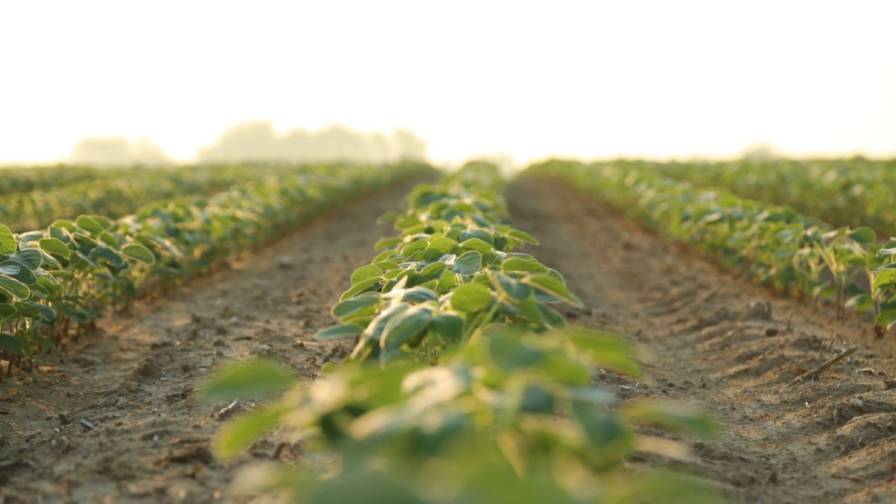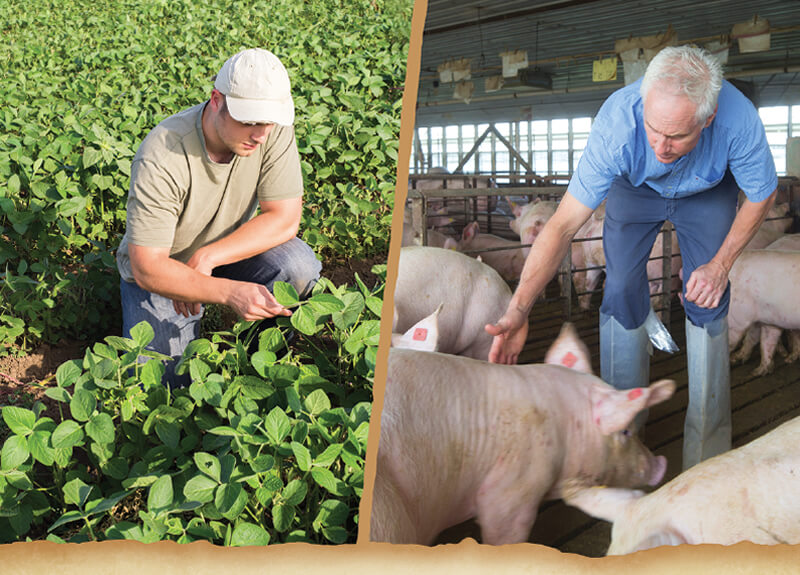How COP26 Methane and Carbon Pledges Will Impact Agriculture
Editor’s note: Kynetec’s analysis is based on data collected from farmer surveys (FarmTrak), distribution surveys (Sigma) and from open-source information. The farmer surveys continue to provide the bulk of the data for our overall analysis. The surveys are also increasingly tracking the development of regenerative agriculture practices across geography and farm types in 50 countries globally. Such data helps organizations measure their Scope 3 emissions and to benchmark that against the industry standard.
Once again, 2021 was a solid year for agriculture. The industry — as it did in 2020 — proved its resilience in terms of production of food, fuel, and fiber and at the same time posted positive GDP contribution in the face of a global economic rollercoaster and a pandemic that continues to blight just about everywhere. As an example, for the 2020-21 fiscal year in India, the share of agriculture in GDP reached just over 20% for the first time in the last 17 years — making the sector the sole bright spot in GDP performance that year. In the less agriculturally focused EU27 the agricultural sector contributed an estimated 172 billion Euros towards the EU’s GDP — the equivalent of 1.3% of the total. That contribution fell ever so slightly compared to the previous year, but it is still 27% higher than the base index year set in 2010.
Against this backdrop, the U.K. hosted the 26th U.N. Climate Change Conference of the Parties (COP26) in Glasgow October 31 to November 13, 2021. The COP26 summit brought parties together to accelerate action towards the goals of the Paris Agreement and the U.N. Framework Convention on Climate Change. Held every year now for close to three decades climate change has gone in that time from being a fringe issue to a global priority in 2021.
This renewed focus on climate change has put pressure on industry with agriculture being no exception. Certain aspects of traditional agriculture, poverty reduction, and food security may be at risk as mitigation in the agriculture sector is seen by many as an important part of the solution to climate change. Looking at the basic statistics then agriculture, forestry, and land use is indeed responsible for about 25% of all greenhouse gas (GHG) emissions — so on the face of it agriculture is a key GHG source.
Read the full story at AgriBusiness Global.






